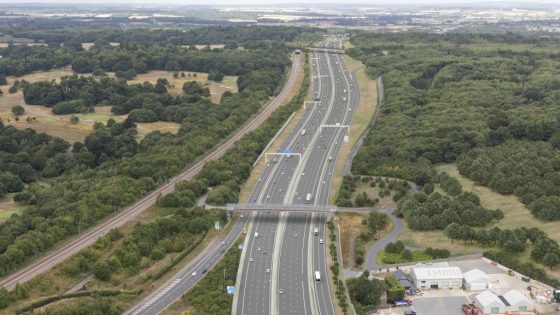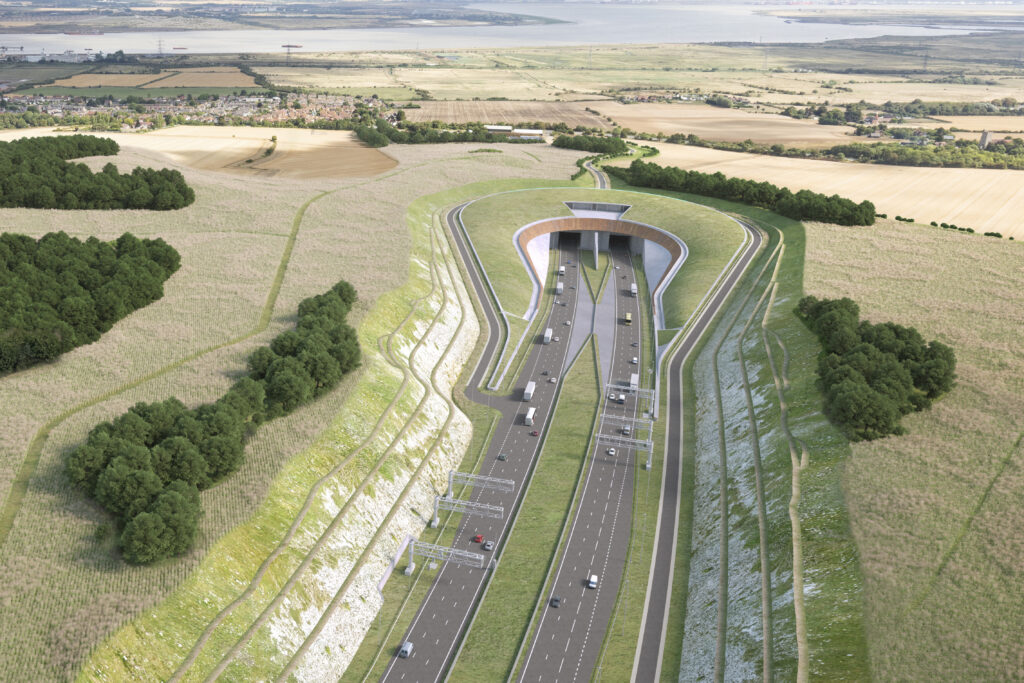DfT spent more than £560M on overdue RIS1 road schemes in the past year

This post was originally published on this site

Financial data analysed by NCE has revealed that in the 12 months to the end of May the Department for Transport (DfT) spent £567M on overdue schemes from Road Investment Strategy 1 (RIS1), 2015-2020.
Further analysis revealed that the government spent over £140M more on RIS1 schemes than RIS2 (2020-2025) projects from June 2022 to May 2023. The total spend for RIS2 schemes during this period stood at just over £423M and payments for the development of RIS3, the next road period, totalled just under £50M.
This means that of the £1bn spent on the three road investment strategies from June 2022 to May 2023, 55% was used to finance delayed RIS1 schemes.
The £567M for RIS1 was paid in 727 payments to more than 90 different contractors, clients and suppliers. Costain received the highest 10 payments, each over £8M with the highest sum received nearing £15M.
RIS periods are five-year funding settlements between the DfT and National Highways in which a portfolio of upgrades and enhancements to the strategic road network (SRN) is agreed and a budget allocated. RIS1 had 112 schemes included for 2015 to 2020 with a budget of £15bn, while RIS2 increased to £27.4bn and was set to bring 52 new schemes into action by the end of 2025. The budget and scope of RIS3 is currently being formulated, but National Highways has confirmed that it will focus more on making the most of an ageing road network rather than building new highways.
In July, the Transport Select Committee released its findings of an inquiry into the government’s handling of its strategic road investment strategies in which it stated “throughout RIS1 and 2, there has been a consistent theme of overly ambitious portfolio planning, and National Highways has overspent and underdelivered”. The committee of cross-party MPs called for a reconsideration of the planned enhancements to the SRN in RIS3 as it believes they are too “expensive” and “complex”.
It further discussed how lessons were not learnt from RIS1 and the portfolio for RIS2 (2020 to 2025) was “even more ambitious”. This has seen even more issues crop up and numerous schemes have been pushed into RIS3 (2025 to 2030) – and some projects initially earmarked for RIS3 have already been delayed to RIS4 (2030 to 2035).
Transport Committee chair Iain Stewart commented: “Schemes have continually been pushed back, adding to confusion and uncertainty that the RIS process was designed to prevent.
“In addition, the evidence we received indicates that the majority of road users want the government to prioritise keeping the network in good, safe condition. An adequate proportion of the strategic roads budget needs to be prioritised for such maintenance work.”
The results of this inquiry influenced the Transport Select Committee to launch a further inquiry on the same topic which concluded on 25 August with the findings yet to be published.
Last week the Institution of Civil Engineers (ICE) policy manager David McNaught stated that higher-than-expected inflationary pressure has affected recent RIS budgets. He said: “Future investment strategies need to be deliverable. Expensive, complex enhancement projects may not be viable. Instead, there’s a compelling case for each RIS portfolio to be smaller in scope.
“The government should also put in place stronger measures to assess deliverability, manage risks and keep projects on budget.”
ICE had previously recommended the government develop a national transport strategy for England to advise future road investment strategies.
In 2020, the Office of Rail and Road (ORR) released a review of how RIS1 was handled. Within this, it stated: “Immaturity in the assumptions on which schemes’ estimates were calculated was the largest driver of scope change and cost variance.” The year previous to these findings it was widely reported around a third of the projects planned under RIS1 had been pushed into RIS2.
The DfT stated to NCE that it is typical that the development and construction of individual schemes will span more than one road period.
With transport being one of the biggest carbon producing sectors and the construction of many major projects rolling over from RIS2 affecting RIS3 budgets, National Highways will focus on small-scale local improvements rather than major new road building for RIS3.
A proposal outlined in the National Highways’ Strategic Road Network Initial Report for the RIS3 period states that the roads body plans on increasing investment in schemes valued between £2M to £25M. It hopes this will spread opportunity around the country and tackle known safety and congestion issues through improved slip roads and junctions connecting to local roads.
Like what you’ve read? To receive New Civil Engineer’s daily and weekly newsletters click here.





Responses